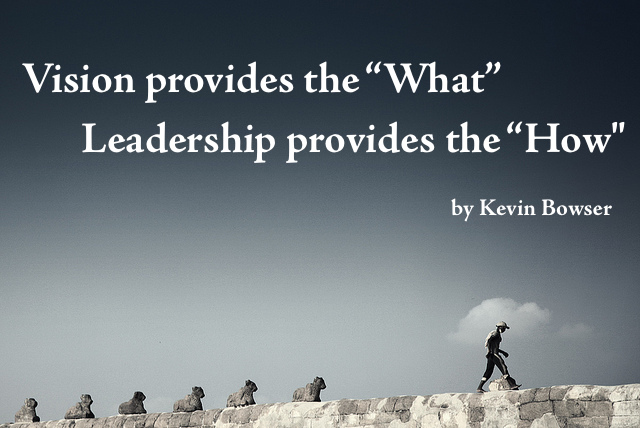It is graduation season. In fact, I attended a graduation celebration today for some very impressive young women who are graduating from high school. And it is Summer Intern season where I work. So, youth and optimism are in the air.
I thought I might take this opportunity to offer up some advice for those making the transition from high school to college, college to career, and ultimately, child to adult.
As a young professional just starting out, you may think you can’t lead because of your youth or short tenure within your new company. I am going to invite you to reconsider that thought.
In fact, youth and short tenure can be assets. Young professionals may not bring years of experience to a company, but they bring optimism, enthusiasm, energy, exuberance, a set of new ideas, and experience with new technologies that others in the company may not have. They also bring a fresh perspective — a new look at old problems.
As a young professional, you can still be a leader even though you may not have yet achieved a position of power. In fact, if you exercise your leadership skills as a young professional, your road to a more desirable position can be much shorter.
Consider if you will these five fundamental things you can do to cultivate and exercise your leadership skills without having positional power:
Click here to read the rest of the article »











